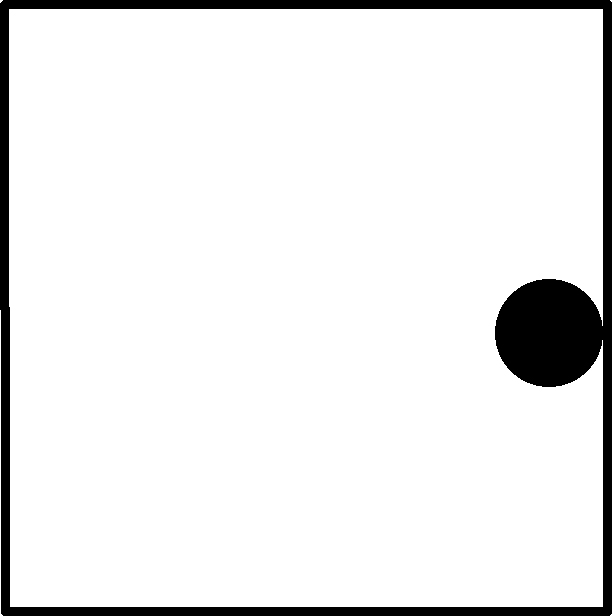Ana Petrović
visual artist
JETZT (eng. Now)
1 second in loop, HD video, 2014
JETZT (hr. Sada)
1 sekunda u loopu, HD video, 2014.
[…] ekrana na kojem se, poput mantre, dakako, bijelim slovima na crnoj podlozi, ponavlja uvijek ista riječ: Sada. Ritam izmjene je pravilan i prilično učestao, sekvence koje se vrte u loop-u traju jednu sekundu. U jednoj se četvrtini te sekunde pojavljuje riječ, a u ostale tri je crni ekran, što na neki način prevodi problematiku nečega i ničega u dimenziju vremena. Reklo bi se: tri naprama jedan za ništa. Takav tretman prolaznosti istodobno i karikaturalno naglašava činjenicu prezenta kroz kojeg upravo prolijećemo, taj je trenutak raščlanjen na sastavne dijelove, pomičemo li se uopće ili smo vječno zaustavljeni u tom istom ‘sada’ u kojem ne možemo niti primijetiti elemente njega samog u kojima ga i nema. Čak se, dakle, i to ‘nešto’ sastoji od tri ničega i jednog nečega. Duhovitim prijevodom binarna koda na apstrakciju fenomena vremena što ju je Zenon ustanovio na primjeru strelice koja se, iako u svakom trenutku zapravo stoji, u konačnici ipak pomiče, odnosno leti, autorica ilustrira mogućnost primjene tog koda odnosno dešifriranja po navedenom obrascu istovjetno neuhvatljivog fenomena postojanja.
Iz teksta Borisa Greinera
[…] there’s a screen on which a single word is repeated, like a mantra, in unmistakable white letters on a black background: Now. The rhythm of the flashing is regular and quite fast, the looping sequences one second each. For one fourth of a second the word appears, and for the remaining three fourths there’s just a black screen, which is a way of translating the theme of something and nothing into the dimension of time. One could say: three to one for nothing. Such treatment of transience is at once a caricatured emphasis of the fact of the present moment which we happen to be flitting through, the moment is broken down into elements, and we wonder if we are moving at all or do we remain stuck in this forever “now” in which we cannot even notice its elements in which it is gone. That means that even this “something” consists of three nothings and one something. By a humorous translation of the binary code into an abstraction of the phenomenon of time, as discovered by Zeno using the arrow example, which is in fact static at each point in time, but in the end appears to move or fly, the author illustrates the possibility of using this code or deciphering it with the help of the aforementioned, similarly elusive phenomenon of existence.
from text of Boris Greiner



